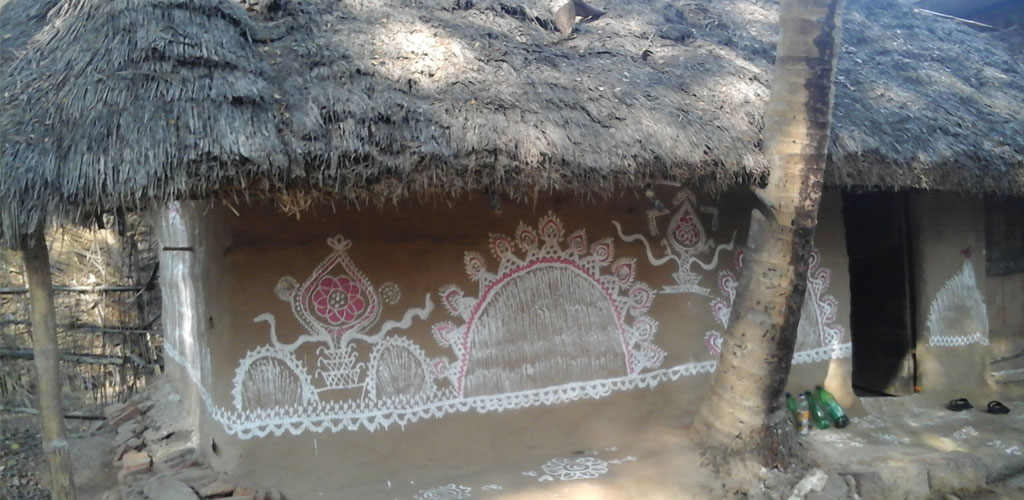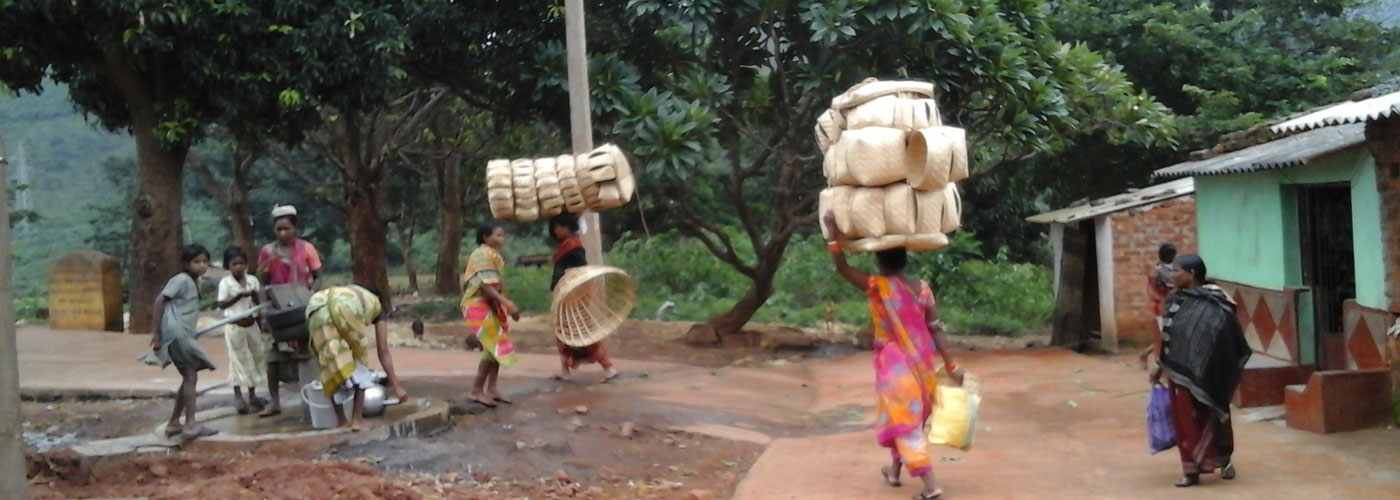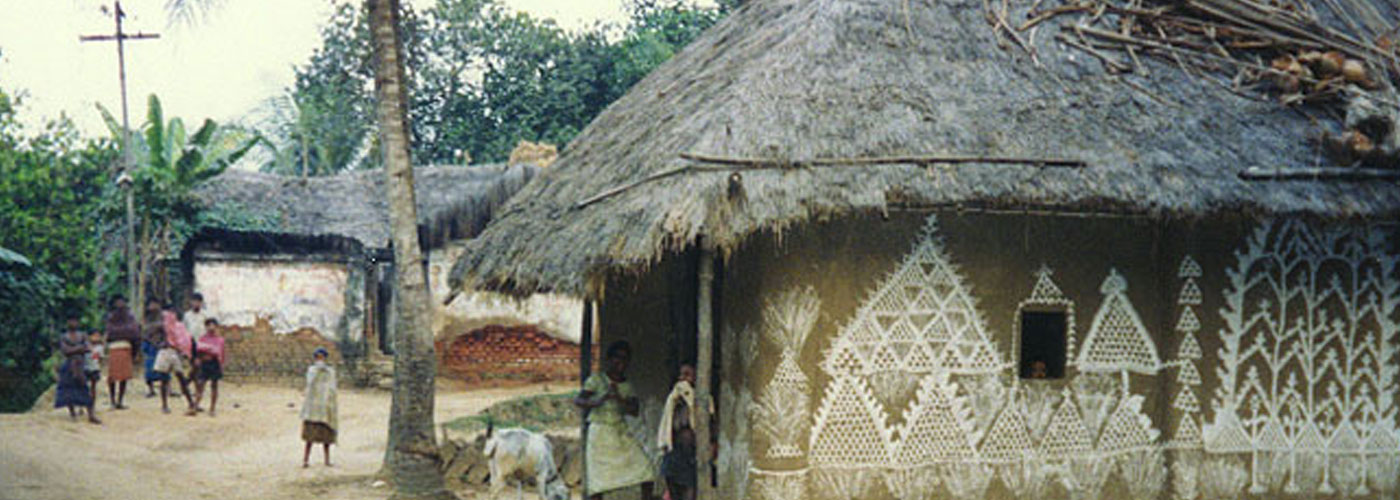VILLAGE LIFE N TREKING IN ODISHA
Odisha formerly known as Orissa is a wonderful land of fascinating beauty situated on the East coast along the Bay of Bengal and is endowed with nature’s bounty, a 482kms stretch of coastline encompassed by the forest clad blue hills of Eastern Ghats. The history of Orissa, which acquired indelible fame and glory under its past names, Kalinga, Utkal or Odradesha dates back to very remote antiquity. The State was known, far and wide, for the heroic deeds and cultural upheavals, maritime trade and over-sea expansion of its people. It is now a locus of traditions, customs, ethnic and tribal groups that can be traced back to the stone ages. This unique and exotic state is the only one of its kind in India, and one of the few in the world. In the sphere of religion and philosophy - Tribal and Aryan religions, Buddhism and Jainism, Islam and Christianity all have existed in history and they continue side by side even now as a testimony to the religious tolerance of the people of this land.Odisha is also a land of colourful fairs and festivals as every season is a reason to celebrate.
Chausath Yogini temple
Chausathi Jogini Mandir is situated in a hamlet called Hirapur outside Bhubaneswar. The temple is believed to be built by the Queen Hiradevi of Bramha dynasty during 9th century. It’s built in a circular fashion, completely put together with blocks of sand stone. The inside of the circular wall has cavities, each housing the statue of a Goddess. There are around 56 such idols, made of black granite, inscribed within the wall cavities, centring on the main idol which is the Goddess Kali, who stands on a human head representing the triumph of the heart over the mind.
Bell Metal Work Village
The metal handicrafts reached a high level of perfection during the reign of Ganga Dynasty from 11th century onwards. The royal patronage brought extensive popularity of the products and in course of time the craft began to grow in range and variety. These kings developed a special liking not only for construction of magnificent palaces and towering temples but also for patronizing figure arts and econometric in metal and stone as well. From the level of few domestic types of equipment which originally constituted the limited field of industry, it spread in various directions of utilitarian and ritualistic fields. And finally it trickled down to the households of well-to-do and common man of the society which leads to a flourishing market of the metal crafts.
Puri :-
Puri, commonly known to Indians as Jagannath Puri, is one of the four major sacred sites for the Hindus all over the world. The seat of the hallowed God, Lord Jagannath, Puri, was once part of the Kalinga Kingdom which was brought under the rule of the Maurya dynasty, under the mighty Ashoka. Most famous for the Jagannath temple, Puri also has a beautiful and virgin beach. This is one of the most unexploited beaches in India. This is a small town and the life of this town is all centered round the activities related to the Lord Jagannath and the temple. It is as if the sleepy town wakes up to the glory of the Lord during the annual Car festival or the Rath Yatra of the Lord; this when the whole town comes alive with devotees and enthusiasts who come from all over the world to watch this mega event.
Gopalpur-on-Sea is a quiet and charming sea resort along the Bay of Bengal. It offers secluded environment and magnificent sun, surf and sand for most of the year. This serene beach must once have been a bustling port as the ruins of jetty and fort shows present in Gopalpur. This is one beach resort that has been turned a whole circle. It was once a very small fishing village, after the war there was no revival of business ties with Burma and Gopalpur once again went back to square one, becoming a fishing village. For tourist, visiting a fishing village nearby and watching the daily chores of the fisher men and women is as exciting as watching the sunrise from the sea shore.
Taptapani which is famous for its Hot Spring. One of the many marvels of nature, hot springs are generally said to be endowed with curative properties. Taptapani is actually a hot spring, and according to local folklore, has been around for more than 300 years.
During tour, cross over to the small village hamlets of the Saora tribes who also find mention in the epic Ramayana. The Saoras are adept in art, painting and crafts. They use trees, animals, tribal people and instances from their daily life as their motifs for the paintings. They have a distinctive shamanic culture wherein they believe in evil spirits and worship them apart from numerous other deities.
Ethnic Group of Odisha :-
Odisha is uniquely proud for the tinted spread of ethnic mosaic brought over by the 62 culturally vibrant tribes including 13 primitive tribal groups, who are found sprinkled all over the state. Across the Eastern Ghats, lies the hinterland of Orissa, the home of ancient tribes-the Didayi and the Bondas of Koraput, the Kondhs of Kandhmal(formerly name Phulbani). Here beats Orissa’s primordial heart. The tribal people showcase a rainbow of oriental culture and cultural trappings, which are held beautiful in an ethnic kaleidoscope.
Desia Kondha tribe is a sub group of Kondha tribe. These people are live in the road side villages & very good cultivators. Though they mix up with civilization, they keep their tradition in making of their villages and their religious rituals. Their festivities and marriage are on the traditional way.
Dongariya Kondha are one of the original ethnic tribal groups of Orissa who have retained their culture and tradition till date. The Dongria family is often nuclear, although extended families are found. Female family members are considered assets because of their contribution inside and outside the household and women are on equal footing with the male members in constructing a house to cultivation. Women do all the work for household ranging from fetching water from the distant streams, cooking, serving food to each member of the household to cultivating, harvesting and marketing of produce in the market. Due to this, the bride price is paid to her parents when she gets married which is a striking feature of the Dongrias.
Kutia Kondha :-
The Kutia Kondh tribal community which were once famous in history for their Meriah-Human Sacrifice. Their lifestyle and the varied handicraft villages. Swing to the rhythmic moods of the tribal people who enjoy their lives through dance and music. Tribal villages often vibrate with drumbeats and hills echo with resonance of music. The waterfalls, springs, hills and forests come to life with the rhythmic musical moods almost every day.
BANDAS :-
One of the most fascinating tribes of the Country. They live in the remote hills and keep themselves isolated. They grow rice by shifting cultivation and keep domesticated cows and goats. They can only be seen when they come to trade at the local weekly Thursday market. The Bonda women are noticeable by the chunks of beaded necklaces that cover their upper body , striking brass and silver necklace and their shaved heads decorated with colorful beads.
GADABAS :-
Both men and women tie their long hairs with linseed oil and decorate it with forestry flowers and different ornaments. The women wear a long strip of cloth tied around the waist and a second piece of cloth is worn across the breasts and tied over one shoulder. Gadabas are renowned for their tribal dance known as 'Dhimsa'. It is performed by the women of the tribe who wear the famous karenga saree. This colorful dance is mesmerizing in the way it starts off with bare footed swaying movements into a synchronized circular dance that peaks with astounding fervour as the performance gives expression to their inner feelings, joys, affection, passion and their appreciation of beauty in nature.
PARAJAS :-
One of the major tribes of Orissa, Paraja tribe is divided into two groups namely Bada Paraja and Sana Paraja. They are hardworking people who live in the hills and forests. Their language is 'Parij'. These tribes are not nomadic in nature but often they shift from one place to another in the wake of natural calamities. Paraja men wear loin cloth, napkins and women wear coarse and cheap sarees. The ornaments used by the Paraja women are armlets, bracelets, necklaces, rings and hair pins made of silver, aluminum and brass. The practice of tattooing is common among these tribes. The remarkable feature is that girls above 5 years are found with tattoo mark in their faces and hands. These tribes worship a number of Hindu deities and also observe certain festivals. The Chaita Parab and Push Parab are two famous festivals celebrated by them. They also engage in dance and music.
 7978371523
7978371523











